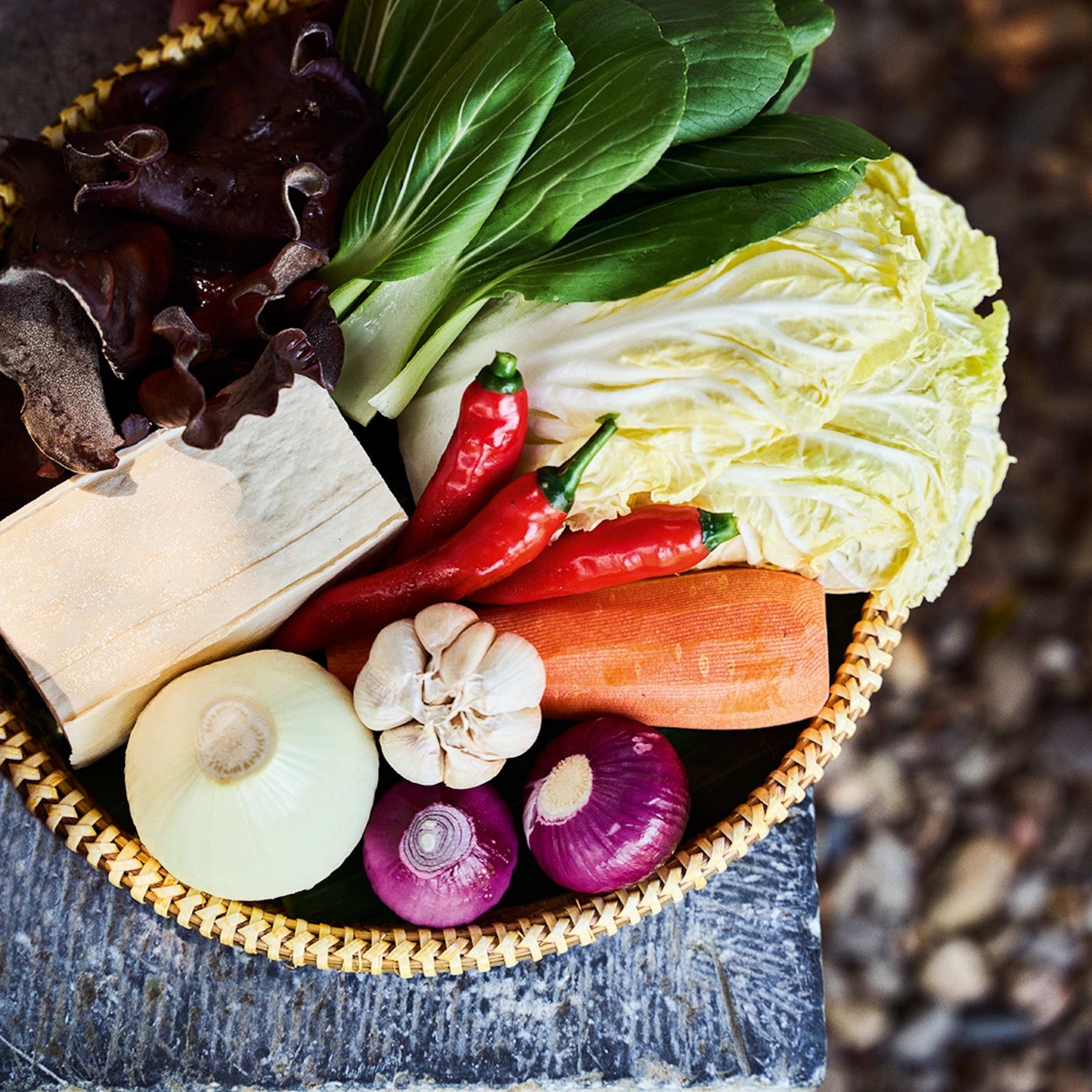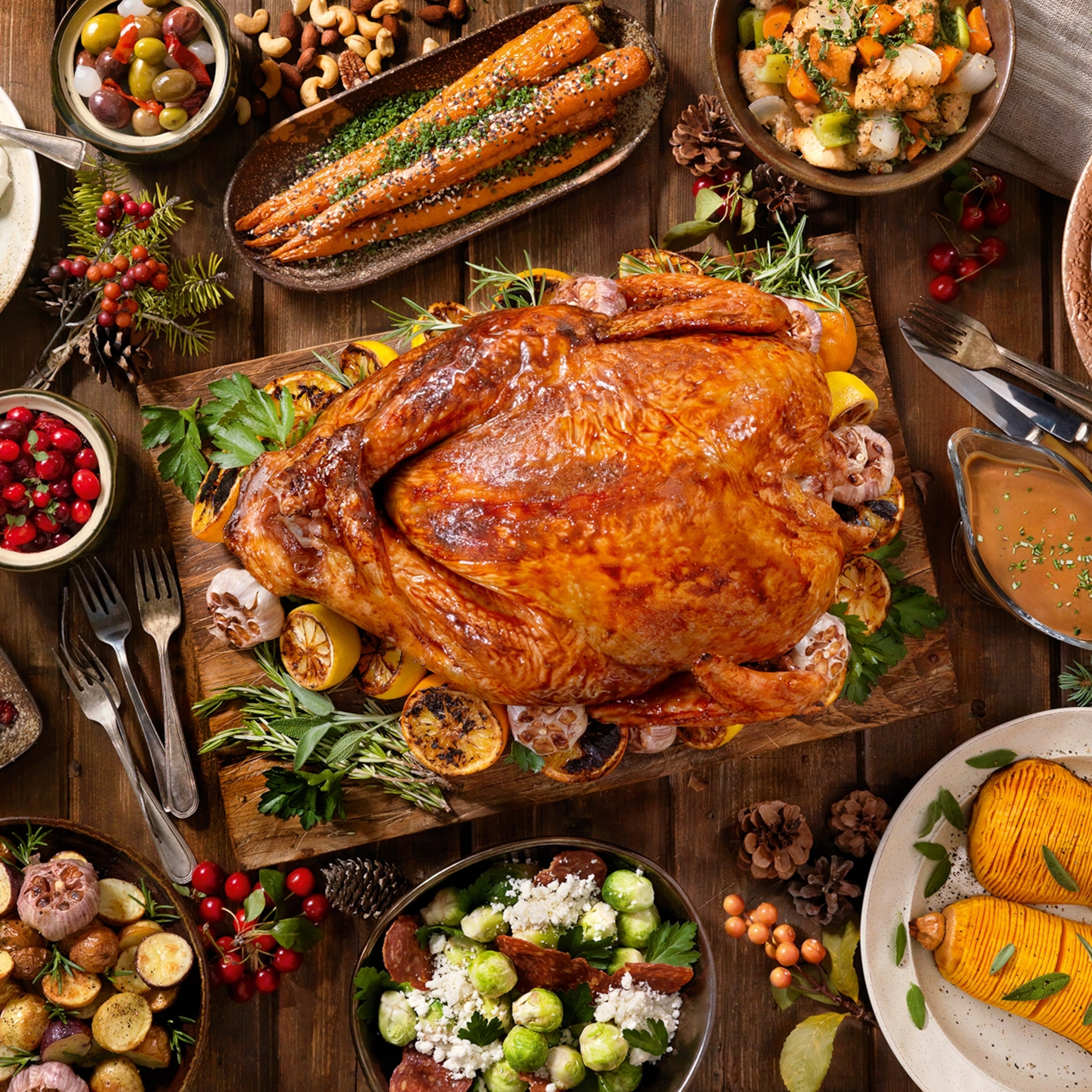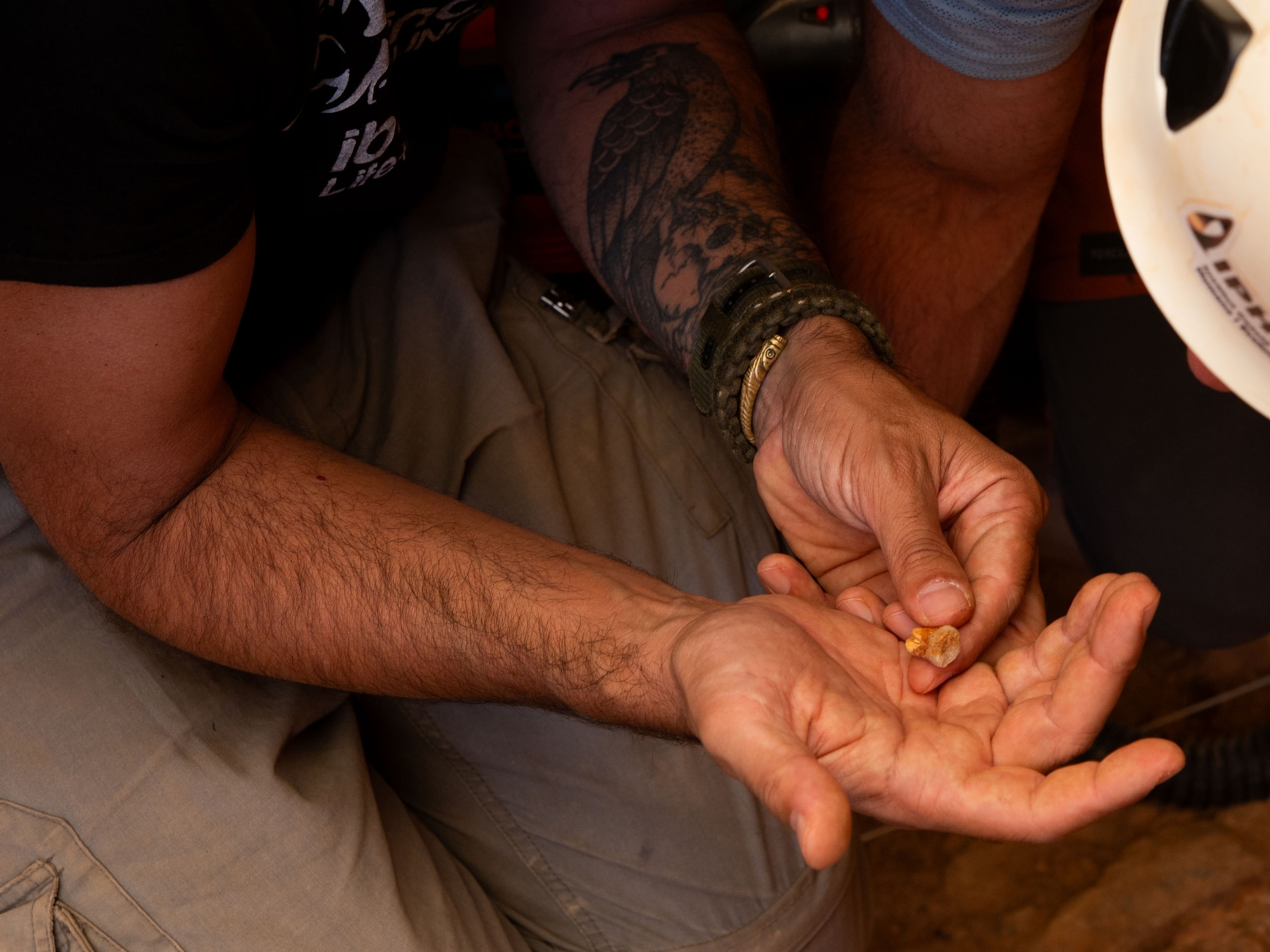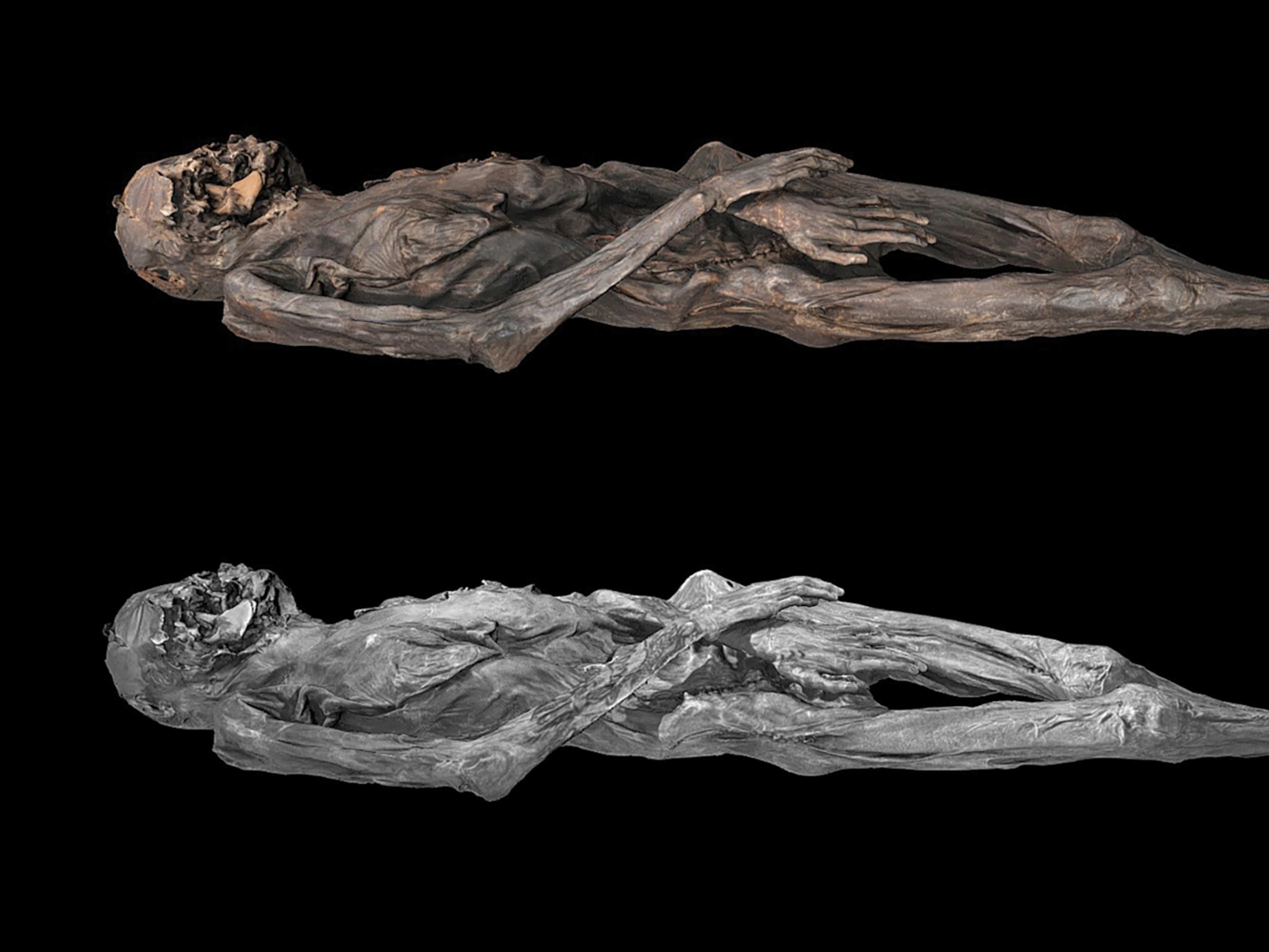
Prehistoric Dining: The Real Paleo Diet
Remember “The Flintstones?” You probably do. Even though it debuted back in the 1960s, as of 2013, according to TV Guide, it was still the second Greatest TV Cartoon of All Time, topped only by Matt Groening’s The Simpsons.
The Flintstones—bumptious Fred and willowy Wilma—along with neighbors Barney and Betty Rubble, live in the town of Bedrock, a Stone-Age version of middle America, complete with stone restaurants, stone bowling alleys, stone television, annoying bosses, and a dinosaur racetrack. It’s not exactly clear what the Flintstones routinely eat, but the animated menu did periodically include food. There were pies, upside-down cake, and Bronto-burgers, and there’s a scene where Wilma slices up what appears to be a meatloaf with a sawfish.
Are We Better Off Eating Grubs and Nettles?
The truth about Stone-Age-style food is both bleaker and cooler.
The Stone Age began about 2.5 million years ago, when inventive proto-humans first began to make stone tools. The bulk of it, and by far the longest period (so far) in human history, is known as the Paleolithic Period or Old Stone Age. People who experienced it were lucky to live beyond their twenties, and they ate whatever they could get their hands on, which meant – depending on who and where you were – anything from grubs to nettles to armadillos.
("Human Cheese" Only the First Course for Odd Cheeses)
Since the 1970s, a handful of nutritionists have been arguing that we’d all be better off if we’d do likewise. The recommended regime, known as the paleo or caveman diet, urges people to get in sync with their evolutionary roots by eating only what our ancient ancestors ate: meat and fish, fruits and vegetables, eggs and nuts. Off the menu for the paleo eater are cereal grains, dairy products, legumes, refined sugar, and processed foods. Which means no white bread, chicken nuggets, potato chips, Cocoa Puffs, gummy bears, or Velveeta cheese. (See “Stone Age Adults Couldn’t Stomach Milk, Gene Study Shows“)
It all sounds thinning and healthy—the sort of meal plan a lot of us make unlikely resolutions about after the second glass of champagne on New Year’s Eve. The problem, though, is that the modern paleo diet is not what Paleolithic people—the real-life originals of Fred and Wilma—actually ate.
Ancient Veggies Were Small, Unpalatable
Most of what the prototypical Fred and Wilma consumed simply isn’t available today. Modern chickens, cows, sheep, and goats are plumper, more placid, and genetically different from their feral ancestors. Paleolithic fruit, though often smaller and tarter than modern varieties, was recognizably fruit. Apples, grapes, figs, plums, and pears have been tempting mammals for tens, if not hundreds, of thousands of years. But Paleolithic vegetables are another story. In fact, the Paleolithic veggie might easily be the subject of the Woody Allen joke about the two elderly women at a Catskill Mountain resort, who complain that not only is the food bad, the portions are so small, too. (See “‘Chicken From Hell’ Dinosaur“)
Ancient tomatoes were the size of berries; potatoes were no bigger than peanuts. Corn was a wild grass, its tooth-cracking kernels borne in clusters as small as pencil erasers. Cucumbers were spiny as sea urchins; lettuce was bitter and prickly. Peas were so starchy and unpalatable that, before eating, they had to be roasted like chestnuts and peeled. The sole available cabbage—the great-great-granddaddy of today’s kale, kohlrabi, broccoli, Brussels sprouts, and cauliflower—was sea kale, a tough and tongue-curling leafy weed that grew along the temperate sea coasts. Carrots were scrawny. Beans were naturally laced with cyanide.
The vegetables that grace every salad bar today are latecomers. Vegetables didn’t really get off or out of the ground until the Neolithic Period, the civilized tail end of the Stone Age, generally said to have begun about 10,000 years ago. The Neolithic is when we gave up the careless, footloose lifestyle of the hunter-gatherer and began to settle down on farms and in villages. Pottery was invented; animals were domesticated. We began to worry about drought, weeds, and grasshoppers, and somewhere in there, almost certainly, we coined the prehistoric words for “backache,” “blister,” and “chore.”
Through painstaking selection and cultivation, Neolithic farmers, the world’s first and most patient genetic engineers, produced over the next centuries fat, lush, and yummy vegetable varieties, the descendants of which are still on our plates today. Human beings, collectively, have done a lot of great stuff. We’ve invented the printing press, built the Great Wall of China, discovered penicillin, gone to the Moon. But perhaps the greatest and earliest of our accomplishments were those of a scattering of Freds and Wilmas armed with stone hoes and digging sticks. (See “What Makes Us Human? Cooking, Study Says“)
Because of them, nobody has to eat a paleo diet anymore.
And that’s a good thing.
This story is part of National Geographic‘s special eight-month “Future of Food” series.
References
Renfrew, Jane. Prehistoric Cookery. English Heritage, 2005.
Zuk, Marlene. Paleofantasy: What Evolution Really Tells Us About Sex, Diet, and How We Live. W.W. Norton, 2013.
Scientific American: How to Really Eat Like a Hunter Gatherer: Why the Paleo Diet Is Half-Baked. Jabr, Ferris. June 2013.







